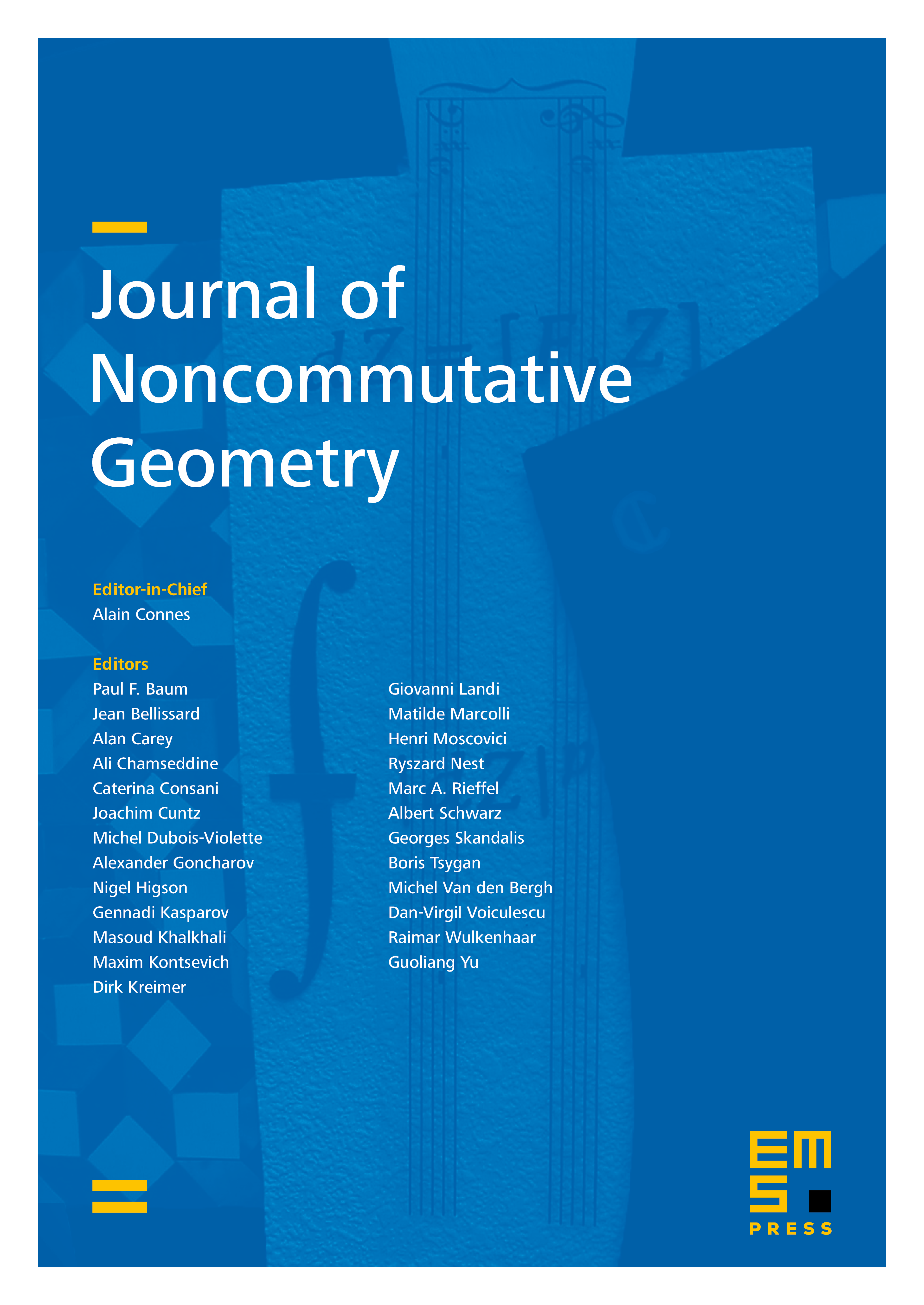Computing the spectral action for fuzzy geometries: from random noncommutative geometry to bi-tracial multimatrix models
Carlos I. Pérez-Sánchez
Ruprecht-Karls-Universität Heidelberg, Germany

Abstract
A fuzzy geometry is a certain type of spectral triple whose Dirac operator crucially turns out to be a finite matrix. This notion incorporates familiar examples like fuzzy spheres and fuzzy tori. In the framework of random noncommutative geometry, we use Barrett’s characterization of Dirac operators of fuzzy geometries in order to systematically compute the spectral action for -dimensional fuzzy geometries. In contrast to the original Chamseddine–Connes spectral action, we take a polynomial with as in order to obtain a well-defined path integral that can be stated as a random matrix model with action of the type , being , and noncommutative polynomials in complex matrices that parametrize the Dirac operator . For arbitrary signature—thus for any admissible KO-dimension—formulas for -dimensional fuzzy geometries are given up to a sextic polynomial, and up to a quartic polynomial for -dimensional ones, with focus on the octo-matrix models for Lorentzian and Riemannian signatures. The noncommutative polynomials , and are obtained via chord diagrams and satisfy: independence of ; self-adjointness of the main polynomial (modulo cyclic reordering of each monomial); also up to cyclicity, either self-adjointness or anti-self-adjointness of and simultaneously, for fixed . Collectively, this favors a free probabilistic perspective for the large- limit we elaborate on.
Supplementary Material
JNCG-482_proofs-examples-definitions.pdf (494.1 KB)
Cite this article
Carlos I. Pérez-Sánchez, Computing the spectral action for fuzzy geometries: from random noncommutative geometry to bi-tracial multimatrix models. J. Noncommut. Geom. 16 (2022), no. 4, pp. 1137–1178
DOI 10.4171/JNCG/482